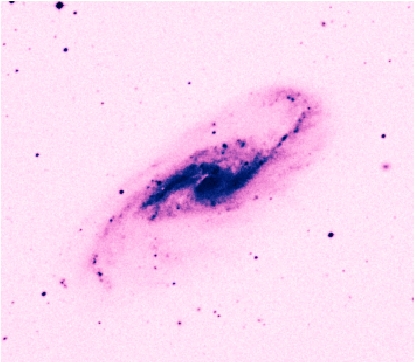
|
Nando Patat
|
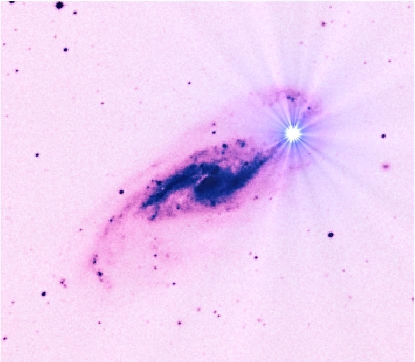
|

|
Nando Patat
|

|
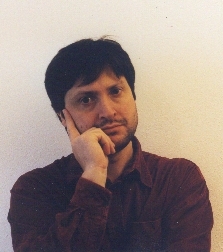
|
Since 1991 I have mainly worked on Nearby Supernovae, carrying out optical spectroscopy and photometry. As the time went by, I got involved in broad band photometry of young and intermediate age Open Clusters. Meanwhile, also due to the kind of functional work I have been doing, I had the chance to work on statistical data analysis. Recently, due to my involvement in the study of light echoes, I have started to approach the Monte Carlo technique in numerical simulations. You can find my CV here. |
|
|
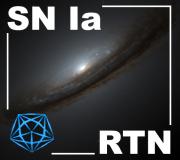
|

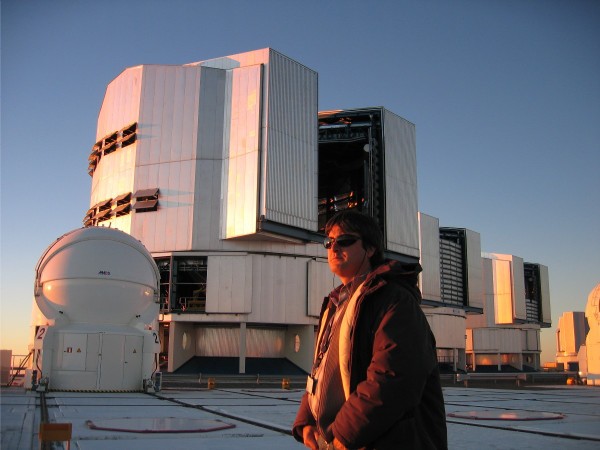 |
|
| The Very Large Telescope on Cerro Paranal - Chile (click to enlarge). |
| Simplifications are very useful and perfectly permissible for helping us to grasp the essentials of the situation. We should, however, always try to be clear about what simplifications we have made. In this way, we know how to react to the inevitable discrepancies that are found when we compare the results of our calculations with measurements of the real things. When the discrepancies are of the sort to be expected as a result of our simplifications, they confirm that we probably understand at least a part of what is going on. Sometimes, however, the discrepancies are not explainable in terms of our simplifications, which reminds us firmly to look more closely at the system under study. |
| A.H. Benade - Fundamentals of Musical Acoustics |